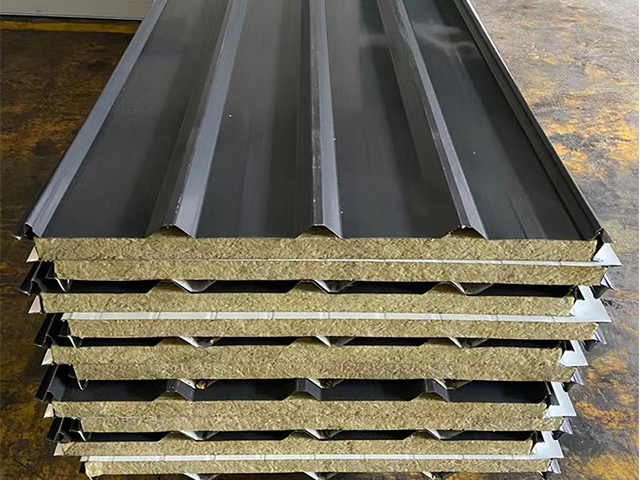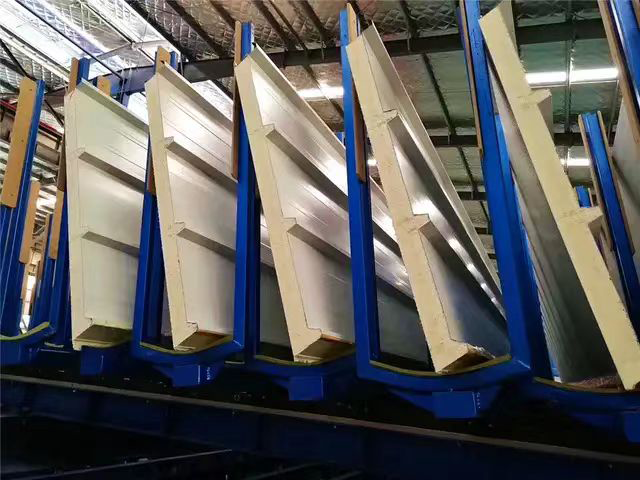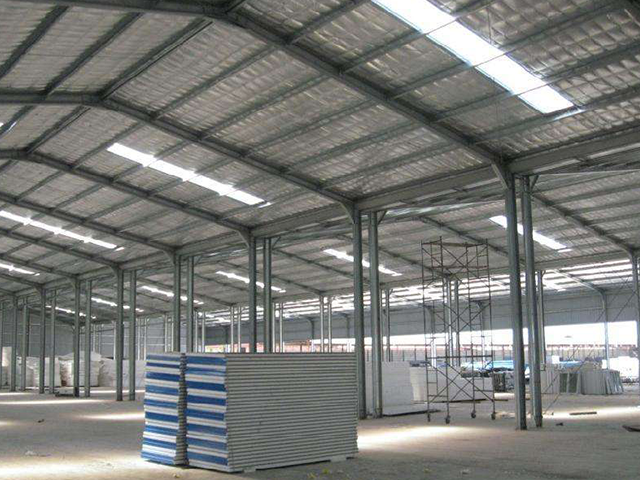Efektívne stavebné riešenia pre kúriku ovplyvňujú zdravie a produkčnosť kurat v nej. Trvanlivosť, izolácia a funkčnosť kúriky môžu byť významne zlepšené pridáním sendvič panelov. Tento článok sa bude venovať nasledujúcim témmam: čo sú sendvič panely, niektoré z ich optimálnych dizajnových praxí, ako zlepšiť podmienky pre kurat, a ako zlepšujú celkovú prax chovu kurat.
Čo sú sendvič panely
Toto je najdôležitejšia definujúca charakteristika sendvič panelov; tieto sa skladajú z dvoch vonkajších vrstiev, ktoré sú vyrobené buď z fóliového dreva alebo kovu, a jadierovej izolačnej vrstvy. S touto metódou stavby sa dosahuje užitočné udržiavanie tepla, čo je kritické počas zimy, spolu s potrebou ochladzovania počas leta. Ptáci sa dobre vyvíjajú a ich zdravie, ako aj očakávaná produkcia vajíčok, sa zvyšuje.
Kľúčové návrhové aspekty
Pриl da sa dom pre kurat navrhne s použitím sandwich panelov, musí tiež zohľadniť nasledujúce odporúčania, ktoré začleňujú informácie z predchádzajúcich sekcií.
Priestor a veľkosť: Priestor v chlieve pre kurat musí vyhovovať počtu kuriat v stáde. Napríklad, priestor na jednu kurovku v chlieve by nemal byť menej než štyri štvorcové stopy na jednu kurovku. Okrem toho, kuriatka by mali mať dostatočne veľký vonkajší priestor, aby mohli chodiť a cvičiť bez akýchkoľvek prekážok. Tento priestor je nevyhnutný pre dobrejšie priebehu rastu kuriat.
Ventilácia: Musí sa zabrániť nánosu vlhkosti pomocou dobré ventilácie. V oknách a iných ventilačných otvoroch, ktoré prinášajú čerstvý vzduch, musí byť zohľadnené ich zaradenie do dizajnu tak, aby nepreprečovali čerstvý vzduch ku kurcom v nepríznivom počasí.
Prístup a bezpečnosť: Počas krmenia nemá personál pridelený na krmenie a uklívanie obmedzenia v práci. Na druhej strane, dom musí byť uzavretý, aby sa znížili niektoré riziká a bol menej prístupný. Používajte brány s zámками. Naplánujte si vonkajšiu oblasť v ohradenom kavezu.
Osvetlenie: Ptáky je potrebné pestovat pri expozícii na svetlo na kladenie vajíčok. Svietlo, oboje prirodzené aj umele vytvorené, by malo byť poskytované, pretože okná slúžia ako obe vchody. V zime môžu byť denné obdobia predĺžené pomocou elektrických lamp.
Výstavba kuřateľa
Práca môže začať s danou sadou nákresov. Najprv vytvorte stabilnú základňu, ktorá bude podpierať váhu sandwich panelov, stien a strechy. Postačujúce zaklesnutie švy pozbudne vetrovi a deždi pronikať do budovy. Pri montáži budovy použite počasťové šrouby, aby sa zvýšila sila sandwich štruktúry.
Postupy starostlivosti o zdravie
Zdravotným spôsobom môžete podporiť blahobyt vašej stádne správnym riadením kúriavy. Udržiavajte čistotu kurianej chyže. Skontrolujte poškodenia, ako sú preteky vody v švech a spojkách. Zabezpečte, aby bola chyža a oblasť okolo nej pravidelne čistená na ovládenie parazitov a odpadových infestácií. Buďte pozoruhodní, skontrolujte tiež tepelnú izoláciu sendvič panelov.
Široké inovačné úspechy v architektúre v odvetví: Austrália zažíva posun v sektore drôbka k viac udržateľným a efektívnym spôsobom stavenia obydlí. Správne navrhnuté domy pre drôb sú čoraz dostupnejšie kvôli verejnej starostlivosti o dobrejší stav drôbka a hospodárskych zvierat, čo umožňuje vykonávanie farmovania drôbka efektívnejšie. Okrem toho prínos uľahčenia montáže a izolačnej hodnoty sendvič panelov ich čoraz viac popularizuje. Navyše, neustály rozvoj v materiálovej vede ponúka nové, ekologicky čisté a vydržateľnejšie materiály na stavebné účely pre domy drôbka.
Uvedené body naznačujú, že zostavenie funkčného chovu drôbka pomocou sendvič panelov môže profitoť vašim zvieratám aj vašej firmi. Zamyslite sa nad kľúčovými návrhovými prvkom spolu s najaktuálnejšími osvedčenými postupmi, aby ste zabezpečili optimálne podmienky pre vaše ptactvo.






